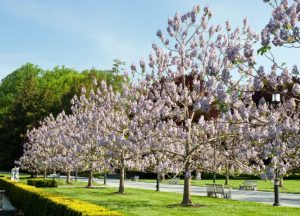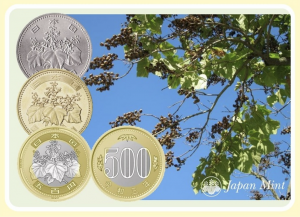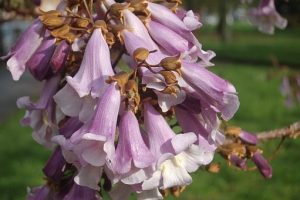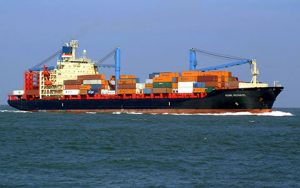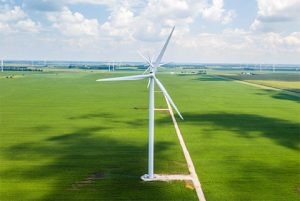The “Paulownia Network” is born and grows
A network of farmers who choose to invest in greenery. The reasons are of an ecological nature, but not only: they have many facets, such as their ‘Rete Pawlonia’ project which – which started only 5 years ago – is already attracting many adhesions.
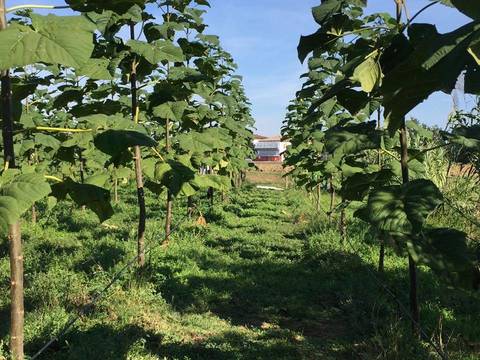
A network of farmers who choose to invest in greenery. The reasons are of an ecological nature, but not only: they have many facets, such as their ‘Rete Pawlonia’ project which – which started only 5 years ago – is already gathering many adhesions, not only in Romagna where it was born, but also in many places of Italy. At the base there is the cultivation of Paulownia, a monumental plant very widespread in the East and imported to Europe in a relatively close period: in the nineteenth century it was also made known in Italy by the Dutch East India Company. Its diffusion, however, has never been massive, despite the many qualities of its wood and its leaf. To rediscover it and choose to invest in it was a network of farmers who have chosen the short supply chain, the headquarters are in Cusercoli di Civitella di Romagna,
Fausto Faggioli, you are one of the creators of the ‘Paulownia Romagna’ project; how did the idea come about?
We were a group of farmers looking for ideas that would allow us to survive in our countryside with a particular focus on the environment. I have an organic company and, just like my colleagues, I am well aware of the difficulties that we farmers encounter every day, when we see the fruit of our work being sold off on the market. We began to think and explore hypotheses.
How did you come to the idea of investing in these plants?
We were looking for products that could be grown with a short supply chain. We didn’t want to work for third parties, but to produce for the direct market. Wood, in this sense, was the best solution, because we who were part of the network could work it.
How many are you?
Fifty of us started, today we are about 120 networkers, but we are part of a reality that has over 700 people. Many have joined, so much so that also ‘Paulownia Toscana’, ‘Paulownia Marche’, and from there ‘Paulownia Italia’ were born: it is still us.
Why Paulownia in particular?
Paulownia has very favorable characteristics. Its wood is very light. It weighs about 270 kilos per cubic meter. Nothing, if you think that the beech weighs twice as much and the oak reaches 900 kilos. In particular, the non-GMO Paulownia BIO-125 clone is the best cross between different Paulownia species, it allows greater growth and with excellent wood quality, it is a hybrid plant that allows controlled and non-weed growth.
Is lightness an advantage?
Yes, not only for the furniture, but also for those who build the boats. Shipyards, for example, have often been forced to make some components of the boats in an imitation wood plastic material which, in addition to being expensive, is synthetic and anti-ecological. But the best use for Paulownia wood is green building and to create anti-seismic structures: its low weight allows it to withstand shocks and shocks well.
Are the structures made with Paulownia wood with a low environmental impact?
Yes, because Paulownia has the characteristic of having a very rapid growth: the poplar, for example, needs more than 10 years to be cut and the turnover is very slow. Every five years, however, the Paulownia trunk exceeds 30 centimeters in diameter: perfect for ‘Short Rotation Forestry’ crops.
Is the cultivation method organic?
Yes, and the fertilization cycle is created ad hoc by the Department of Agricultural Sciences of the University of Bologna. A working group also took care of all the analyzes for the carbon certification.
Other positive features of this plant?
With a diameter of over 50 centimeters, its leaves absorb more CO2 than most trees. 4 acres are enough to have an absorption of 13 tons of Co2. Furthermore, the plant adapts very well to our climates. It can also be planted in small, not particularly fertile plots, so the grower will not have to give up land that can be used for agri-food. On the contrary: Paulownia regenerates the land, recovering the dried ones. It resists well at all temperatures and has very few needs: you just have to make sure that there are no stagnant water. Furthermore, I am a small beekeeper and I must say that thanks to its flowers it also produces good honey. These are all small steps to defend our environment. The path that I have taken and the one that I also recommend to my colleagues is to continue organic farming. ‘Bio’ should be our watchword.
In short, must the cultivation methods change in a structural way?
Yes. Until fifty years ago the important thing was to produce. Today we must produce without harming anyone. We need to understand that chemicals we have abused in the past are not the answer. We have made disasters, we have created sterile, humus-free soils that will take decades to regenerate. Now, after so much disruption, the time has come to roll up our sleeves and make up for it.
From terranuova.it

